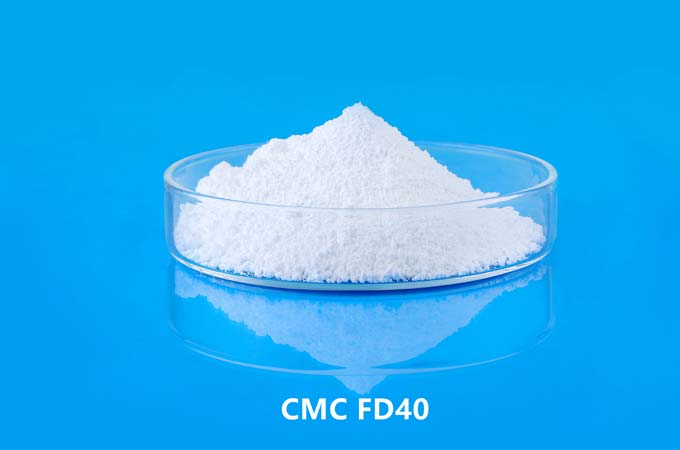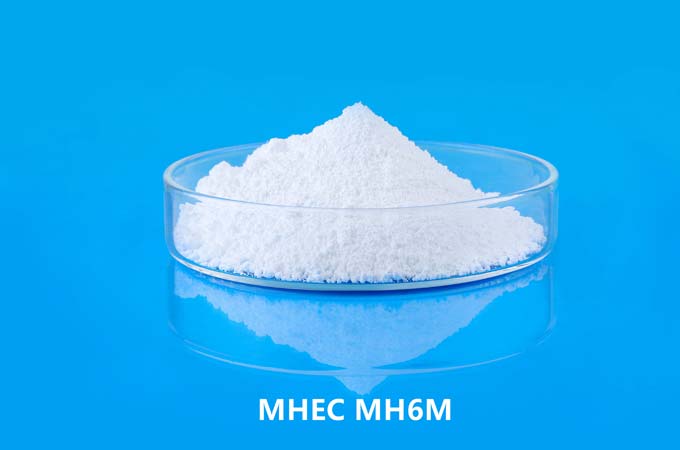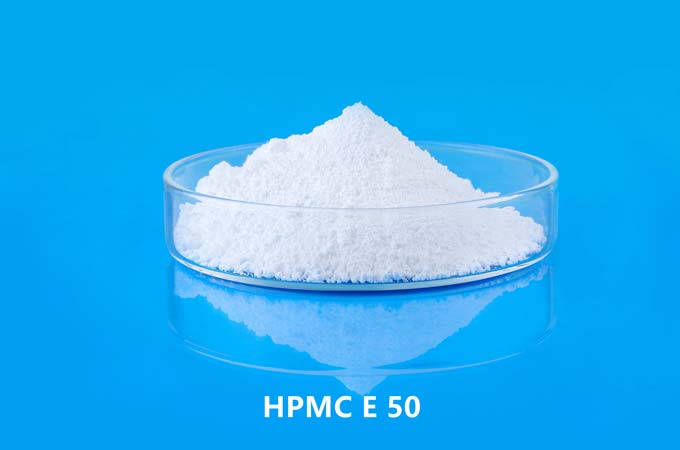Methylcellulose is a compound derived from cellulose, a natural polymer found in plant cell walls. Due to its unique thickening, gelling, emulsifying and stabilizing properties, it is commonly used in various industries such as pharmaceuticals, food production and cosmetics. Due to its stability, versatility, and nontoxic nature, methylcellulose is often preferred over other similar compounds. However, like any chemical, methylcellulose can degrade over time under certain conditions, potentially rendering it ineffective or even harmful for its intended application.
1. Understand methylcellulose:
Before delving into the stability and shelf life of methylcellulose, it is important to understand the chemical structure and properties of methylcellulose.
What is hydroxypropyl methylcellulose made from? Methylcellulose is synthesized by treating cellulose with alkali and methyl chloride. This process replaces the hydroxyl group (-OH) in the cellulose molecule with a methyl (-CH3) group, resulting in a compound that is more soluble in cold water than cellulose. The degree of substitution (DS) represents the average number of methyl groups per glucose unit in the cellulose chain and affects the properties of methylcellulose. Higher DS values generally result in increased solubility and lower gelation temperatures.
Methylcellulose is available in various grades and forms, including powders, granules and solutions, depending on its application requirements. It is commonly used as a thickener, binder, stabilizer or emulsifier in a variety of products including tablets, ointments, food and personal care products.
2. Factors affecting stability:
Several factors can affect the stability and shelf life of methylcellulose:
Moisture: Methylcellulose is hygroscopic, meaning it readily absorbs moisture from its surrounding environment. Excess moisture can cause compounds to clump or degrade, causing changes in their physical and chemical properties.
Temperature: Increased temperature accelerates the degradation of methylcellulose. High temperatures may promote chemical reactions that break polymer chains, resulting in loss of viscosity or gelling ability.
pH: Methylcellulose is stable over a wide pH range, but extreme pH conditions (strongly acidic or alkaline) can degrade the compound. Acidic conditions may hydrolyze the ether bonds in methylcellulose, while alkaline conditions may cause saponification.
Light: Exposure to ultraviolet (UV) radiation from sunlight or artificial light sources degrades methylcellulose molecules. The photodegradation process may lead to the formation of free radicals, which can trigger chain scission or cross-linking reactions.
Oxygen: Oxidation reactions triggered by exposure to oxygen can cause the degradation of methylcellulose. Oxygen-sensitive functional groups within polymer chains may undergo oxidative cleavage or other chemical transformations.
Contaminants: Impurities or contaminants present in methylcellulose formulations can catalyze degradation reactions or promote microbial growth, resulting in product instability.
3. Shelf life and storage conditions:
The shelf life of methylcellulose products may vary based on a variety of factors, including formulation, packaging, and storage conditions. Manufacturers often provide expiration dates or recommended storage periods for their products based on stability testing and accelerated aging studies.
Proper storage conditions are critical to maintaining the quality and stability of methylcellulose. Here are some storage guidelines:
Dry environment: Store methylcellulose in a cool, dry environment to minimize moisture absorption and prevent clumping. Sealing containers or packaging helps protect products from moisture.
Moderate Temperature: Avoid exposure to high temperatures as heat can speed up the degradation process. Ideally, store methylcellulose products at room temperature or cooler.
Protect from light: Protect methylcellulose, like hydroxypropyl methylcellulose E5, from direct sunlight or UV radiation to prevent photodegradation. Opaque containers or storage areas can help minimize light.
Airtight Packaging: Ensure methylcellulose containers are airtight to prevent oxygen exposure and oxidation reactions. This is particularly important for compounds in powder or granular form.
Avoid Contamination: Take precautions to avoid contamination of methylcellulose products during handling and storage. Use clean utensils and equipment and avoid contact with foreign objects.
Monitor pH: Although methylcellulose is generally stable over a wide pH range, storing the solution within the manufacturer's recommended pH range can help maintain stability.
4. Degradation test:
Regular testing and analysis helps evaluate the stability and quality of methylcellulose products over time. Various analytical techniques can be used to monitor changes in viscosity, molecular weight, chemical composition, or physical appearance.
Viscosity measurements: Regular viscosity measurements can provide insight into the integrity of the methylcellulose solution. A significant decrease in viscosity may indicate polymer degradation or loss of thickening ability.
Molecular weight analysis: Techniques such as gel permeation chromatography (GPC) or size exclusion chromatography (SEC) can be used to analyze changes in molecular weight distribution of methylcellulose samples. Degradation processes usually result in a decrease in average molecular weight.
Chemical Assays: Chemical assays can be performed to detect specific degradation products or changes in chemical composition. For example, techniques such as acid-base titration or infrared spectroscopy (FTIR) can be used to evaluate the hydrolysis of methylcellulose ether bonds.
Physical Inspection: Visual inspection of methylcellulose samples for changes in color, odor, texture, or particle size can provide initial signs of degradation or contamination.
Methylcellulose is a versatile and versatile compound with a variety of industrial applications. While it has many advantages, including stability, nontoxicity, and functionality, its shelf life can be affected by factors such as moisture, temperature, pH, light, oxygen, and contaminants. Proper storage conditions and handling practices are critical to maintaining the stability and quality of methylcellulose products over the long term.
Regular monitoring and testing can help evaluate the integrity of methylcellulose samples and identify any signs of degradation or performance changes. By understanding the factors that affect stability and taking appropriate storage practices, manufacturers and users can extend the shelf life of methylcellulose and ensure its efficacy in a variety of applications.
 English
English 日本語
日本語 français
français Deutsch
Deutsch Español
Español italiano
italiano русский
русский português
português العربية
العربية Türkçe
Türkçe Nederland
Nederland



